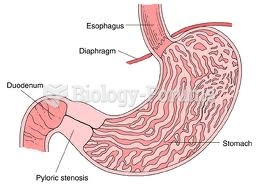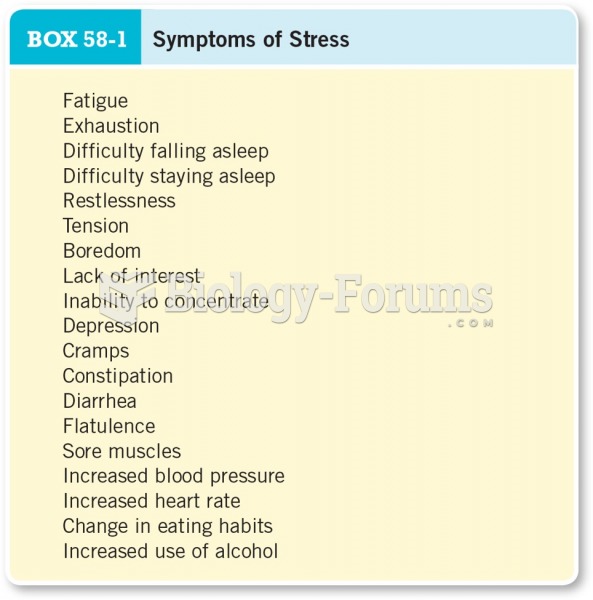Answer to Question 1
Inadequate oral intake related to oral motor dysfunction, limited food preferences, and need for prolonged feeding times as evidenced by reported energy intake of 60 estimated needs and decreased growth velocity.
- Goal: Meet estimated daily energy needs to promote adequate growth for age/condition. Start by increasing caloric intake by 10-20 daily. Promote weight gain to achieve a BMI tracking along percentile pt had been following before weight began to deviate from curve, 9th percentile.
- Intervention: Educate family on ways to improve caloric density of foods/beverages. Consider adding an oral nutrition supplement of pt's choice (e.g., Boost Kid Essentials, CIB) to diet to increase energy intake.
Altered nutrition related lab values (vitamin D) related to inadequate intake, increased vitamin D metabolism secondary to Phenytoin use, and decreased sunlight exposure as evidenced by 25-hydroxyvitamin D level (16 ng/mL) indicative of clinical deficiency.
- Goal: Meet RDA for vitamin D (15 mcg/day or 600 IU/day).
- Intervention: Provide patient with vitamin D supplement of 400 IUs/d.
Inadequate fluid intake related to limited beverage intake between meals as evidenced by dry skin/mucous membranes, pt meeting 70 estimated fluid needs per 24 hour recall, and elevated BUN.
- Goal: Meet patient's estimated maintenance fluid requirements of 1562 mL/day.
- Intervention: Consume 400-600 mL additional fluid per day by encouraging pt to drink 8-12 oz of water throughout the day in between meals and increasing beverage intake at meals to 8 oz.Provide patient with 12 oz water bottle to use throughout the day.
Answer to Question 2
Intake Domain:
Inadequate energy intake related to early satiety and indigestion as evidenced by her 85 gastric retention per scintigraphy, estimated usual intake of 56 of daily energy requirements, and reported forcing of one's self to eat.
Inadequate protein intake related to decreased ability to consume adequate protein as evidenced by reported early satiety, nausea, and decreased consumption of solid foods, reported intolerance to meats, and an estimated consumption of 70 (32 g) of her protein requirements.
Inadequate oral intake related to decreased ability to consume sufficient food as evidenced by reported early satiety, nausea, abdominal pain, and decreased consumption of solid foods and an estimated consumption of 56 (888 kcal) of her energy requirements.
Unintended weight loss related to inadequate energy intake related to decreased ability to consume solid foods, reported symptoms of nausea, vomiting, bloating, and abdominal pain, loss of 24 of bodyweight (40 lbs) over the previous year, and estimated consumption of 56 (888 kcal) of her energy requirements.







